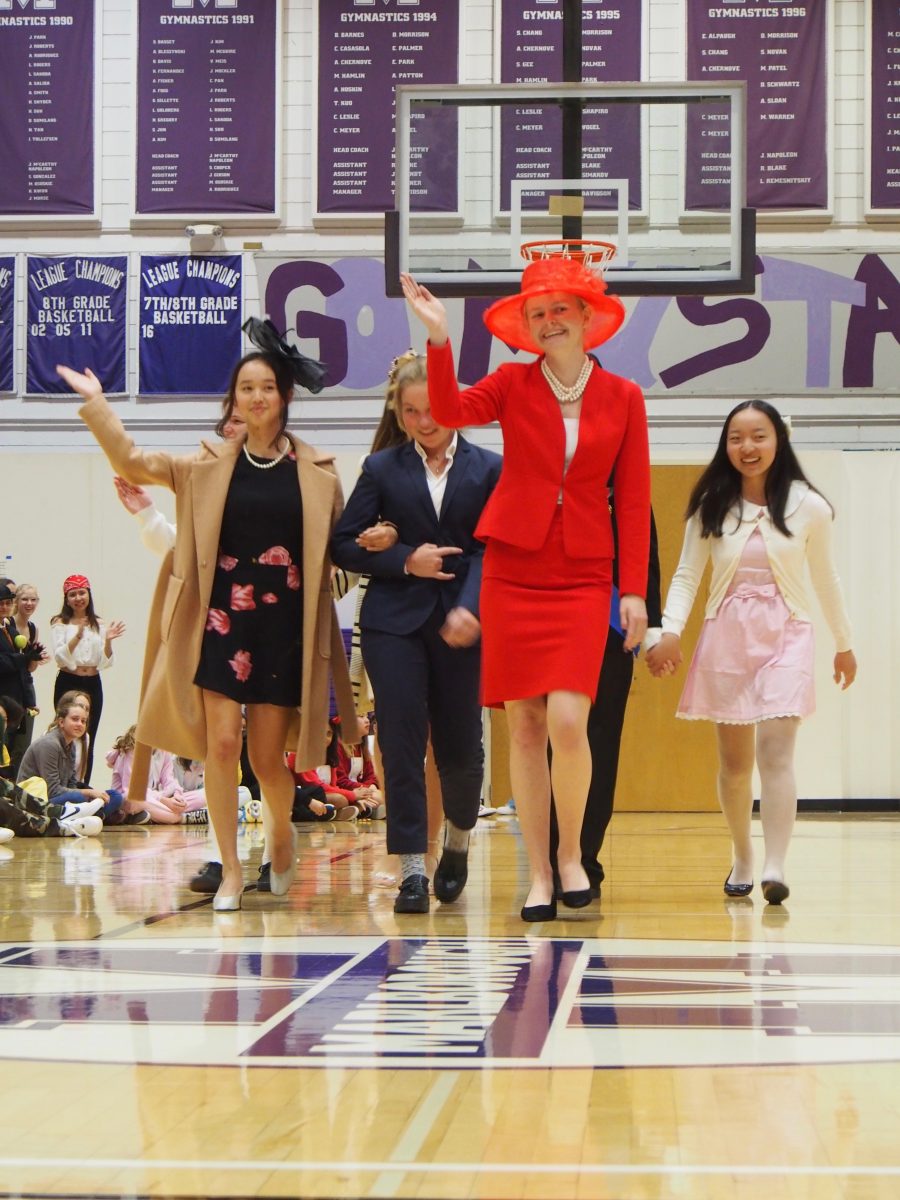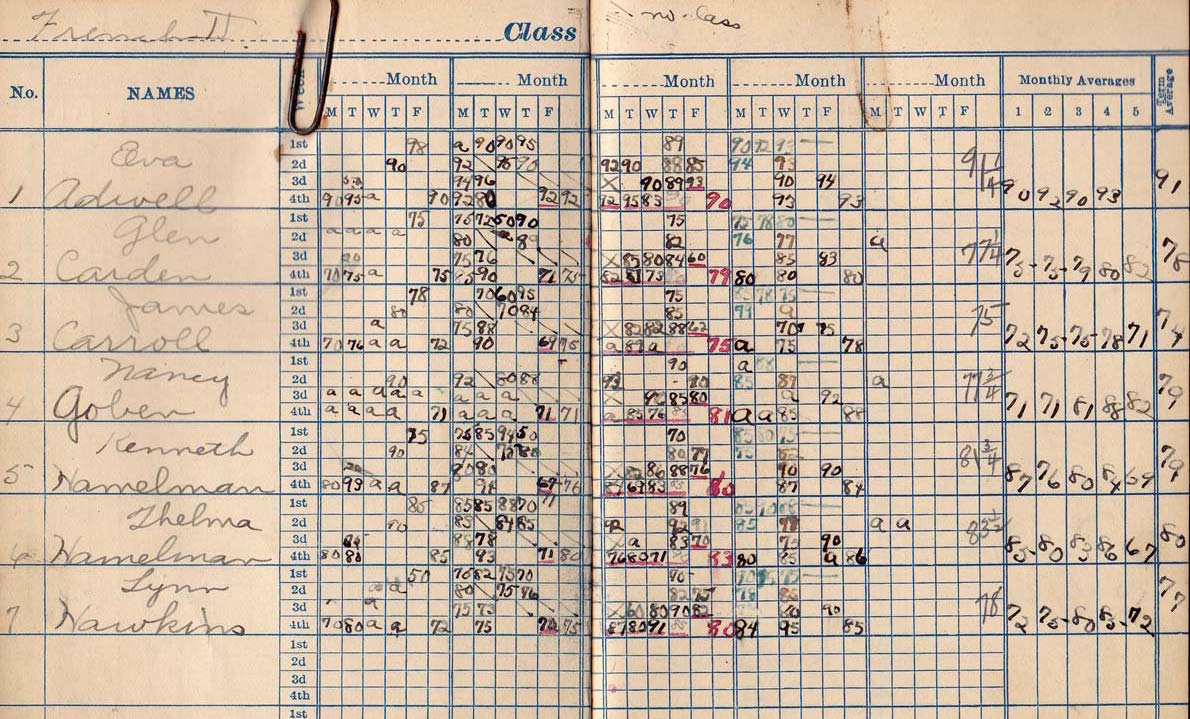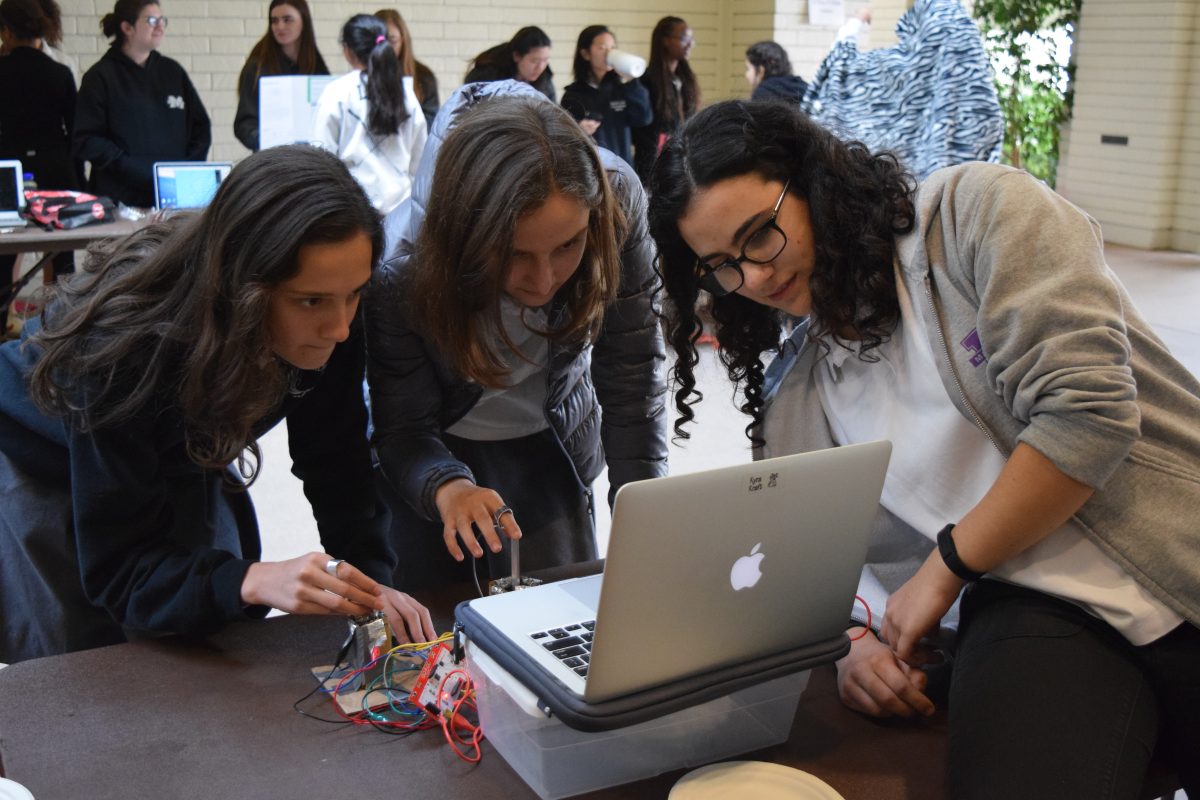
India ’12 was recently selected as the 2011 Guerin Prize winner and will meet Salman Khan, the American she most admires, this spring. Khan is the founder of a not-for-profit online educational platform called Khan Academy.
To get a sense of the widespread impact of Khan’s free educational videos, picture your favorite math teacher at Marlborough. He or she might teach around three different classes this year, each with around 15 students.
Salman Khan’s lessons, however, have been seen over 45 million times. Khan Academy now offers more than 2,100 video tutorials on subjects ranging from L’Hôpital’s Rule in Calculus to the French Revolution.
Khan, a New Orleans native whose parents immigrated to America from India and Bangladesh, graduated from MIT and Harvard Business School, scored an 800 on the math section of the SAT, and was valedictorian of his high school class. After uploading algebra video tutorials on his YouTube channel to help his cousins, the popularity of his lessons began to grow. In 2009, Khan quit his job as a hedge fund manager to focus full-time on Khan Academy.
Khan has stated that the goal that his motives for this drastic decision are simple:
“With so little effort on my own part, I can empower an unlimited amount of people for all time. I can’t imagine a better use of my time.”
As India ’12 and millions of other Academy viewers have seen, Khan has certainly achieved this goal.
Marlborough is beginning to use Khan’s videos as a useful supplement to traditional in-class math lessons. Math instructor John Frank recently assigned his Calculus classes to watch Khan’s videos for homework, and math instructor Chris Talone is considering incorporating Khan’s videos into his AP Statistics class next year.
As someone currently taking Calculus at Marlborough, I can safely say that Khan’s videos have helped me better understand math. Lessons in class are, of course, how I learn these skills at first, but online tutorials are a valuable resource to have when I’m at home and need a little extra review on how to find the volume of a function rotated about the y-axis. After all, thanks to the accessibility of online resources, it has become infinitely easier to truly understand and appreciate the value of subject material.






